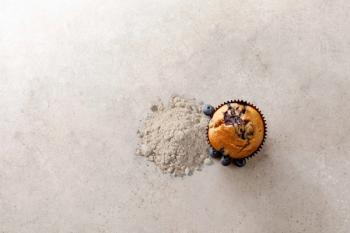
|Slideshows|January 3, 2017
7 Ingredient Sales Surprises of 2016
Author(s)Michael Crane
From the stellar growth of boswellia and branched-chain amino acids, to declining sales of whey protein and valerian, here are the supplement ingredients that surprised market experts from SPINS this year.
Advertisement
Newsletter
From ingredient science to consumer trends, get the intel you need to stay competitive in the nutrition space—subscribe now to Nutritional Outlook.
Advertisement
Advertisement
Advertisement
Trending on Nutritional Outlook - Supplement, Food & Beverage Manufacturing Trends
1
Artemis International: 30 Years of Science-Backed Berry and Botanical Innovation
2
Pycnogenol supplementation effective for lipedema symptom reduction, new clinical trial demonstrates
3
Certifications, Clinical Trials, and Consumer Trust: How SGS NutriSource Serves the Industry
4
A Leader for the Times: NOW Health Group's Jim Emme on Thoughtful Leadership
5





